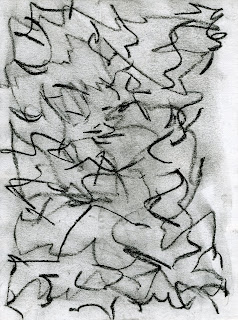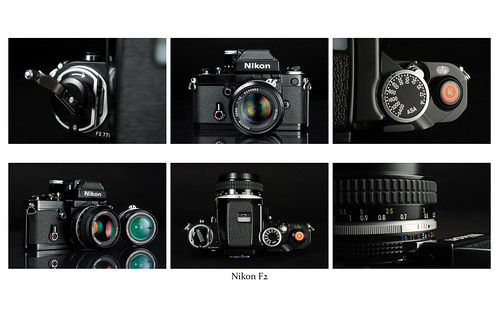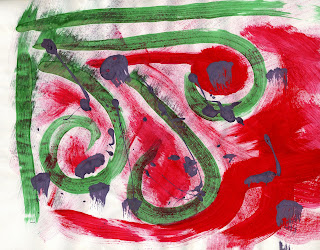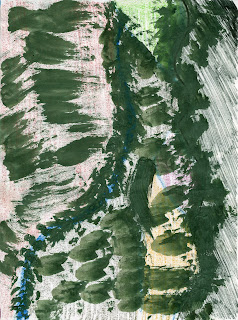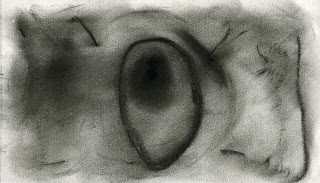
In Birth, the creation process is captured in a single, simple figure depicted in a hazy, monochromatic color scheme. The dark haze around the lone egg-shaped figure in the painting represents the chaos from which creation is formed. This haze is formless, a wispy cloud of potential from which matter and life can be built. The chaos surrounding the birth suggested by the painting’s title is an important part of the creation process, for it is the very substance from which the creation is taken.
The figure itself is interesting to consider, its shape similar to an egg, the female reproductive cell for countless species on this planet. It is this familiar shape that the viewer associates with birth and creation. The egg is rife with the potential of a life yet to be born, its curved shape a recognizable symbol of the continuation of life. Birth, a cloudy, almost shapeless piece, gives a strong impression of the nature of the creation process, during which life is formed out of a vague, chaotic haze of potential.
©1998-2009 Claretta Taylor Webb. All Rights Reserved












